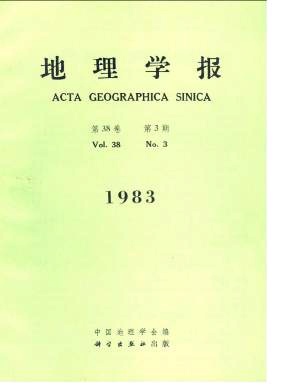Wu Wei-tang
This article takes Neolithic cultural remain as chief tools to probe into Holocene Pala-eogeography along the Hangzhou Bay. There are a lot of Neolithic cultural sites here, some dated as early as 7,000 B. P. (Fig. l).Two of them, Hemudu and Luojiajiao, have been quite famous, where a great amount cultural remains of cultivated paddy rices, pigs, buffalos, dogs, bone spades, potteries, houses etc. As well as some remmants and spore pollens of wild animals and plants have been unearthed. An outline of palaeogeography as constructed on basis of Neolithic cultural remains is shown in table 1 through table 4.In early Holocene, submergence started; besides the middle part of the north bank, all the lands were submerged (Fig. 2). By 7,000 B. P. it started to emerge again, forming a plain studded with numerous lakes. Hangzhou Bay was formed 6,000 B. P.. The landform along the Qiantang jiang has been greatly influenced by tides, so that the banks have been higher than inlands, and rivers have changed their orientation.About 12,000 B. P., the climate in this region started to turn warmer, showing post-glacial landscape. About 7,500 to 6,000 B. P., occured southern subtropic or even tropic climate here, with mean January temperature of about 10-12℃ and mean annual tempera-ture about 4℃ higher than present. Later, there were several climatic pulsation and the temperature become similar with present about 3,500 B. P.. There was a drop of temperature about 5,500 B. P., which hasn’t been shown in the chart of climatic curves of East China.Taking cultural remains as index to investigate sea-level changes is more reliable than taking natural features as index. On the basis of altitute of cultural remains and human coastal habitats, processes of sea-level changes has been worked out (Fig. 6). Since 7,000 B. P., the sea-level has been raised by 4 m, yet less than 1 meter higher than present sea-level. There have been alternation of lakes dimension several times in this region, obviously related to sea-level changes.Ancient people created a Swamp Culture in this subtropic and tropic swamp environ-ment, quite different from the Zhong Yuan Culture in the Huanghe River Basin. Here is one of cultural origions for growing paddy rice in the world.
